Impact of Bystander Effect on Children
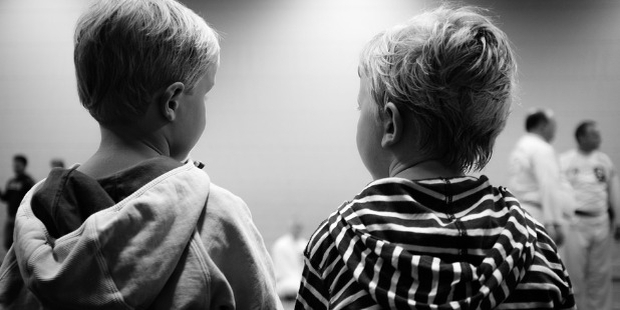
Bystander Effect or Apathy refers to the psychological phenomenon wherein people in large groups tend to ignore someone in need. One of the reasons pointed out towards this is the diffusion of responsibility. In large groups, people tend to think someone will help and the responsibility isn’t their alone. There can be manifold effects of bystander effect on children. A few of them are:
They learn what they see. So if the adults around them are behaving as if nothing has happened to a situation that requires action, they will automatically have that in their brain for their lives. Naturally, one of the cures of the bystander effect is showing people what helping someone in need does. Devoid of that, even adults are less likely to improve. Children, on the other hand, are learning the ways of the world. They learn from the adults around.
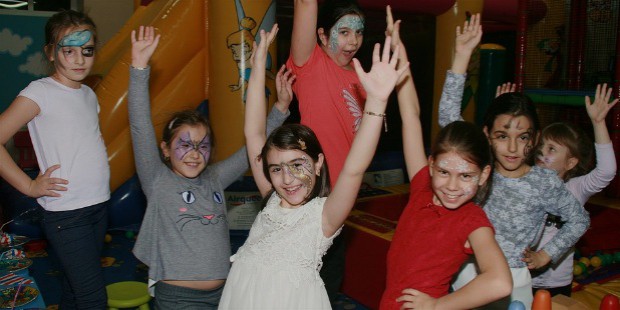
They become slightly selfish with less empathy towards others. It is so because they have observed the adults around do the same, and the early ages are when the character of the future-adults is formed. During this time, they need to be learning all the good things about life, and not something wherein they fail to act when someone is in need.
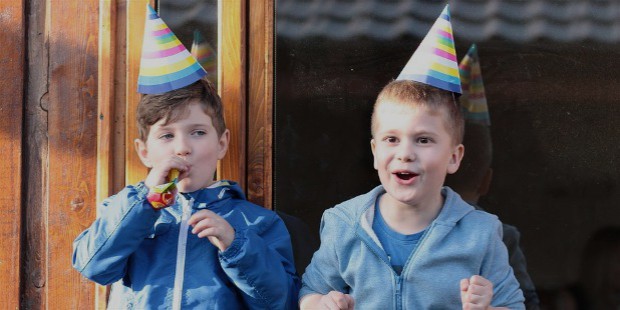
Apart from the effects of how someone else acts in the situation, there are also studies conducted on children behaviour and some form of bystander effect has been found in children too. Some of the observations are:
While a child is alone, even a 2 year old helps someone who has dropped something on the floor by picking it up for them, even when it’s difficult for them. However, in the presence of someone else, they are less likely to help anyone.
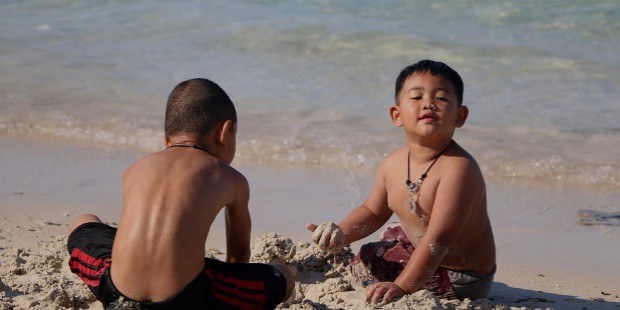
A study was conducted in presence of two other kids, in one case they had a visible barrier and in another, they were told not to help. The third case was of the kid being alone. So when someone needed a towel after throwing up, in the single child case, and in the case where other kids were having visible barriers, the kid helped within 90 seconds. In the case when there were other kids who could have helped, the child didn’t move to help.
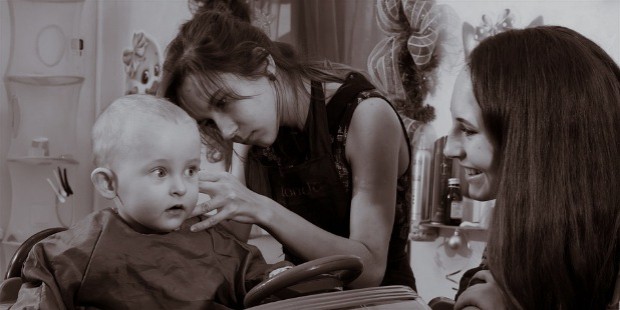
The above experiment almost confirms the presence of psychological reasons from a very young age, wherein the diffusion of responsibility plays a heavy role. Since we know that the bystander effect has its roots from beginning, and because of adults’ response to it, it gets even worse, and we need a solution to the problem. Some of the points that could work are:
Being a Good Samaritan and making people aware that there’s more happiness and humanity in helping others leave a lasting impression on everybody, including children. Showing them the good work done by others in the times of crisis and emergencies, and how it affected the lives and enriched them will also go a long way in helping them become better humans without having the bystander effect.









